New York City has elected its new mayor, a 34-year-old Muslim, Indian-Ugandan, pro-LGBT, pro-Palestine Zohran Mamdani, who calls himself a “Democratic socialist.” His victory margin of 50.4 per cent of the vote and the election itself marked a historic turnout. Mamdani became the first New York mayoral candidate since 1969 to secure over one million votes. He presents himself as a champion of the working class—someone whose entire campaign was premised on fixing the affordability crises in New York City. Mamdani’s improbable rise, the generational excitement, and the ideological packaging are a masterclass in social media messaging in the age of Internet politics.
At first glance, this feels less like a local mayoral race and more like a global referendum on a new kind of politics. The contest around Zohran Mamdani has drawn unusual attention far beyond the United States’ borders, especially in South Asia, where his story of transnational identity, activism, and intersectional politics strikes a familiar chord.
A sophomore at the National Law University, Delhi, said: “He is a charm. He brings India-like social security freebies to the crown of the capitalistic US, the NYC.” Jawaharlal Nehru University (JNU) freshmen described him as “the first politician who sounds like he grew up in our algorithm.” For Gen Z, Mamdani’s biography alone feels engineered for an internet age. For a generation that experiences politics primarily through screens, he represents something rare: a politician who speaks their language and doesn’t sound like a bureaucrat from the past century.
However, the optics of his campaign and the promises attached to it expose a familiar paradox: privilege preaching equality. Critics point to his elite background—elite education, well-connected and celebrated family, Manhattan property—prompting an important question: Is this “Rich Kid” Socialism? Or is Mamdani offering something sturdier that is politically durable, capable of moving from Instagram grids to actual governance?
Quick Reads
View AllNew York is an overwhelmingly liberal constituency. The young-ish, middle-class-ish New Yorkers are juggling precarious work and crushing rents, and feel their future is being negotiated somewhere far from their reach. In the past four years, the cost of living in New York City has surged by nearly a quarter, while wages have crawled up barely 12 per cent. Rent alone has grown almost twice as fast as income, turning the city’s working class into a generation that works harder only to afford less.
Between 2021 and 2025, rents across New York’s five boroughs have risen by nearly 40 per cent—a rate triple that of wage growth. Even outer boroughs once considered affordable, like the Bronx and Staten Island, have seen a dramatic rise in the cost of living. In Manhattan, the median has breached $4,400. Mamdani spoke to the voters’ anxieties and tapped into their frustrations and grievances. This is the economic stage on which Zohran Mamdani’s politics of redistribution plays out. He has been successful in picturing New York as a city where even survival has become a luxury.
Besides highlighting the city’s affordability crises, he understood what the city’s young voters most resonate with. A CNN exit poll indicated that Zohran Mamdani performed especially well among younger male voters, securing about 65 per cent of votes from men aged 18 to 29. His views on Israel and Palestine have served as a central flashpoint, both fuelling controversy and helping rally his early base of supporters. A poll captures the city’s moral compass: 44 per cent of New York voters now say they sympathise more with Palestinians. And a clear majority reject the idea that criticising Israel is inherently antisemitic. It’s a sentiment that neatly aligns with Mamdani’s politics—and partly explains why his rhetoric resonates so deeply with the city’s progressive flank.
Mamdani has also positioned himself as New York’s most vocal champion of queer and transgender rights. He is seen as “a hard-left sexual revolutionary” by his critics. His campaign has been steeped in the language of “queer liberation,” complete with pro-transgender ads and calls for taxpayer-funded surgeries to help trans individuals transition. “New York will not sit idly by while trans people are attacked,” he asserted, drawing both praise and pushback for the force of his rhetoric.
Mamdani also proposed a $65 million plan to expand and protect gender-affirming care citywide that includes funding for minors, setting up local “access hubs,” and creating telehealth options to bypass federal restrictions. The initiative, framed as an answer to Trump’s rollbacks, has become a lightning rod in its own right: hailed by progressives as a moral imperative and derided by conservatives as an expensive gesture of ideological overreach.
Overall, the optics of his politics are immaculate. The question is whether the politics underneath can breathe outside the frame. The problem with politics as performance is not moral, it’s material. Zohran Mamdani has mastered the aesthetics of dissent. He has confused the mayor’s office with the United Nations podium. However, governance demands arithmetic, not applause. The promises that made Mamdani a darling of the online left—rent freezes, universal childcare, free public transport—sound refreshing until they meet the bureaucratic reality of budgets.
Critics argue that Mamdani’s assertion that everyone has a “right” to live in New York City sounds ethically appealing but collapses under reasonable logic. A global city—especially one as dense, expensive, and competitive as New York—cannot promise residence as a right. Housing, like every other resource, is bound by scarcity and economics. Every year, New York City’s wealthiest 1 per cent (individuals earning $900,000 or more annually) account for roughly 40 per cent of the city’s $18 billion in income tax collections.
Mamdani vouches for redistributive arithmetic, but it comes with its own risk. Push the rich any harder, and they don’t disappear—they relocate, taking both tax dollars and jobs with them. What’s left is a hollowed-out tax base, a frozen housing market, and the illusion of equity. Experts claim that even the departure of a handful of billionaires or major employers could significantly erode the city’s tax base and strain its municipal finances.
American political commentator Rob Henderson coined the term “luxury beliefs” to describe opinions that confer moral status on the upper classes at little to no personal cost, while imposing tangible costs on those lower down the social hierarchy. In his view, Zohran Mamdani’s brand of politics fits neatly within this paradigm. Henderson argues that policies like Mamdani’s proposed citywide rent freeze or fare-free public transit are emblematic of progressive moral signalling detached from economic realism.
Take housing, for instance. Henderson warns that blanket rent controls may lead to unintended consequences: disincentivising property maintenance, driving units off the market, and ultimately deepening urban decay. The same logic, he notes, applies to the “free buses” proposal, which the city estimates would cost over $630 million per year. New York City’s bus network serves about 1.4 million riders each weekday and operates at an annual cost of roughly $700 million. Citing an analysis by the U.S. Transportation Research Board, Henderson points out that similar zero-fare experiments in other U.S. cities have led to spikes in disorder, overcrowding, and service unreliability—ironically undermining the very inclusivity such policies aim to achieve. Besides, the state-run MTA manages both buses and subways; Mamdani will have to win over Governor Kathy Hochul, whose administration has so far resisted proposals to raise taxes on the wealthy.
The Mamdani phenomenon sits at the crossroads of socialist egalitarianism and performative digital politics. His socialism is not rooted in class struggle as Marx conceived it, but in a kind of affective politics, moral urgency packaged as aesthetic rebellion to woo young voters. It borrows the moral clarity of the old left while bypassing material discipline. In this sense, it is what scholars of postmodern political culture have called “expressive socialism”: a belief system that seeks solidarity through symbols rather than structures.
This is also why his campaign feels transnational. For young audiences, Mamdani’s politics resonate not because of municipal policy details, but because they mirror the global language of intersectional justice, issues within post-colonial societies, racial reparations, class struggle, and anti-capitalist rhetoric that circulates freely across the Anglophone internet. In the end, Mamdani’s politics embody a fascinating paradox: a revival of socialist idealism thriving within the capitalist machinery of social media—a politics that critiques the system even as it depends on its circuits to survive.
The future of Mamdani’s experiment depends on whether he can convert generational energy into institutional outcomes. Visions into budgets. Hashtags into housing. The city is his stage, but it is also his test. A wealthy kid promising a working-class revolution. For now, Zohran Mamdani remains an open question.
(Shreyash Sharma is a columnist, research scholar and assistant producer at Firstpost. He writes on foreign affairs, public policy, sustainability, identity and ideology, and socio-political discourse. Views expressed are personal and do not necessarily reflect those of Firstpost.)


)

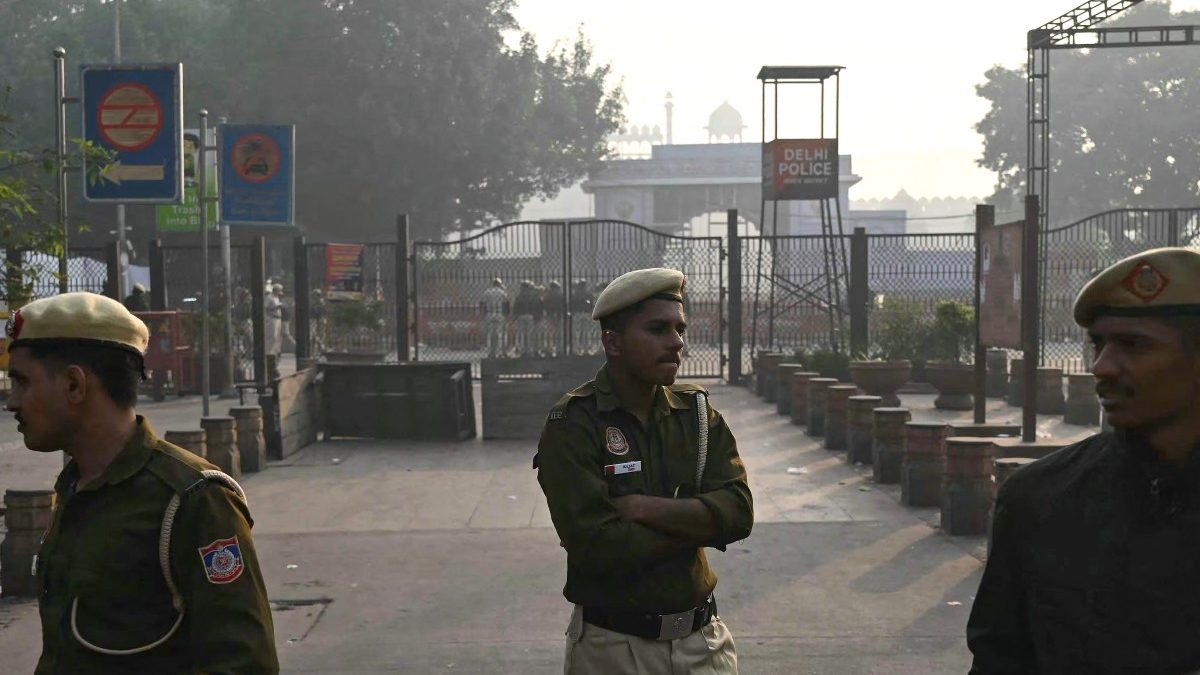)
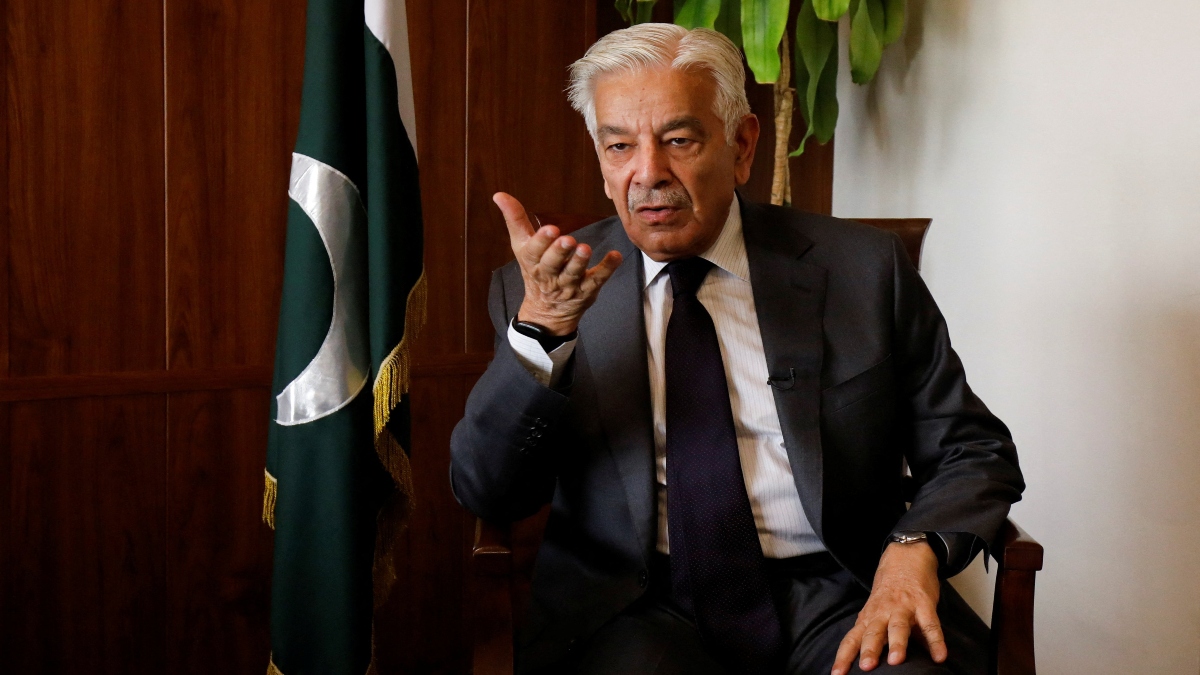)
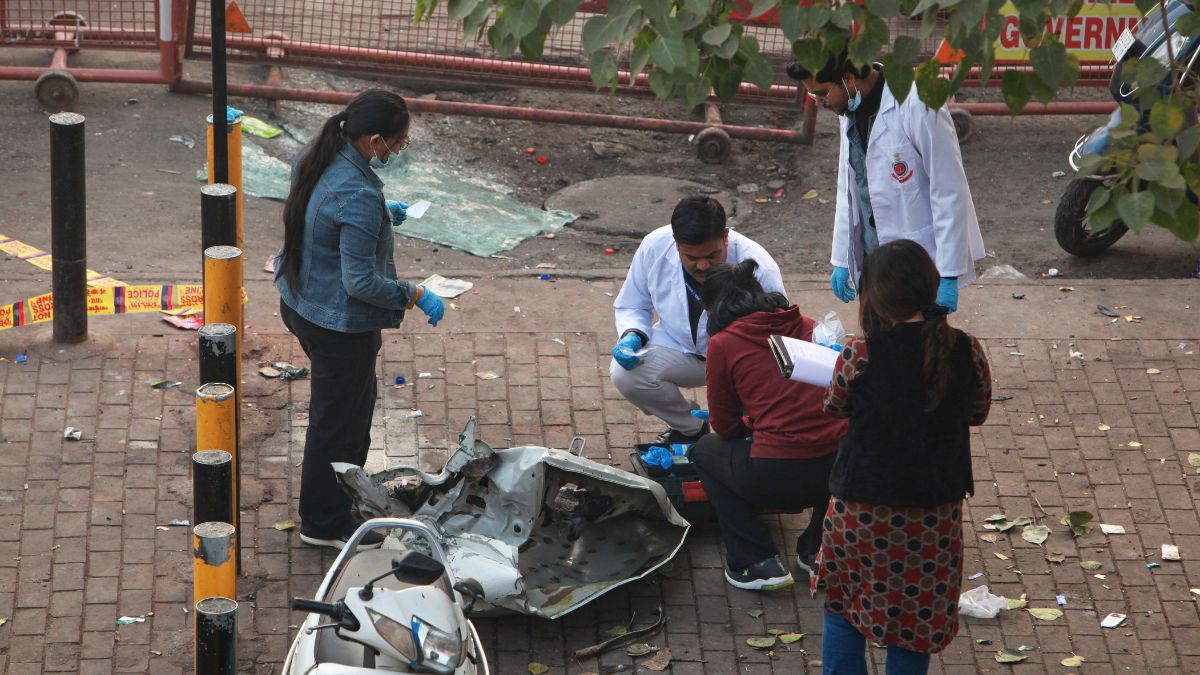)
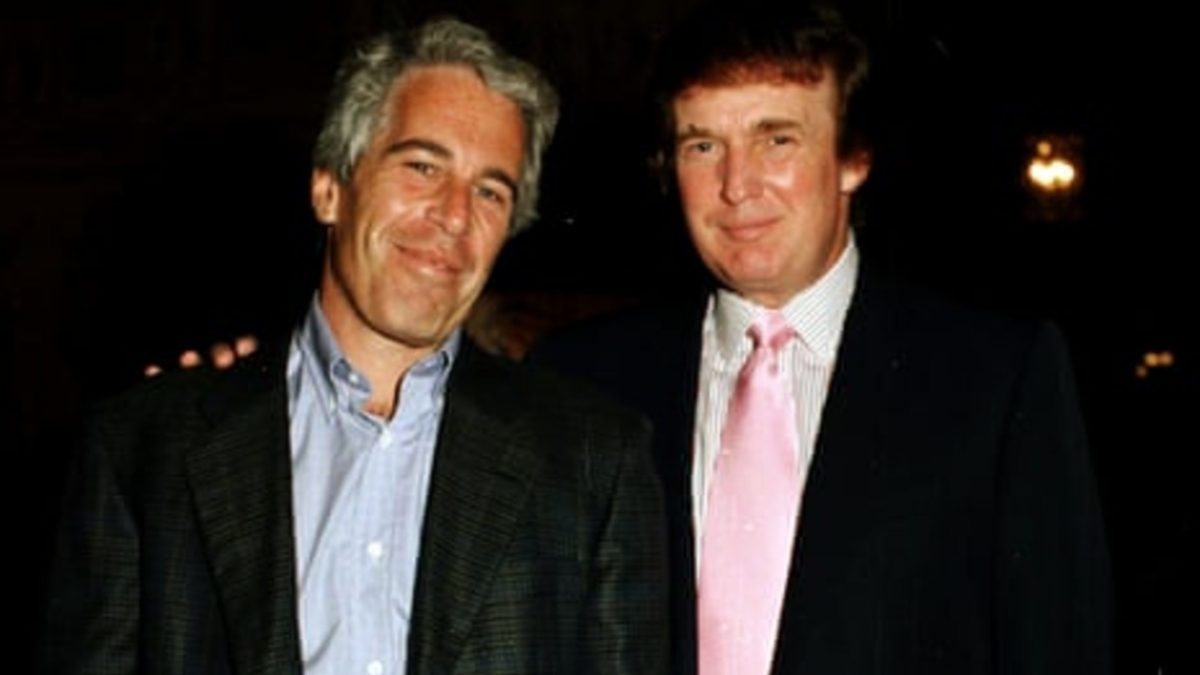)
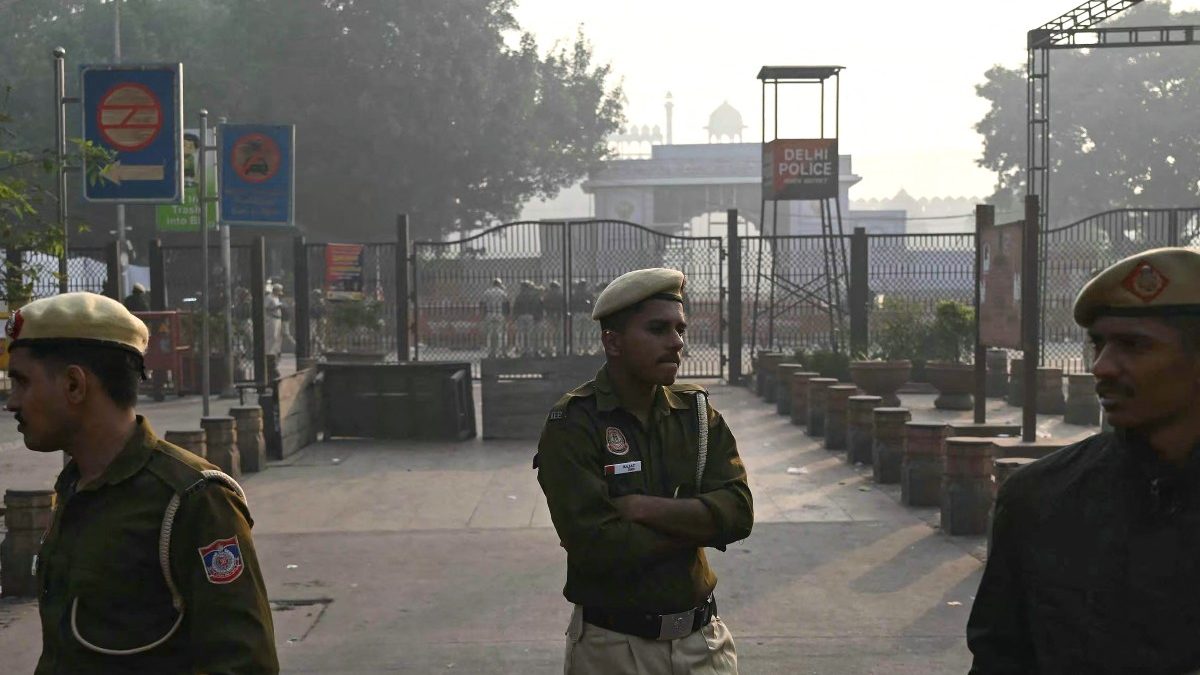)
)
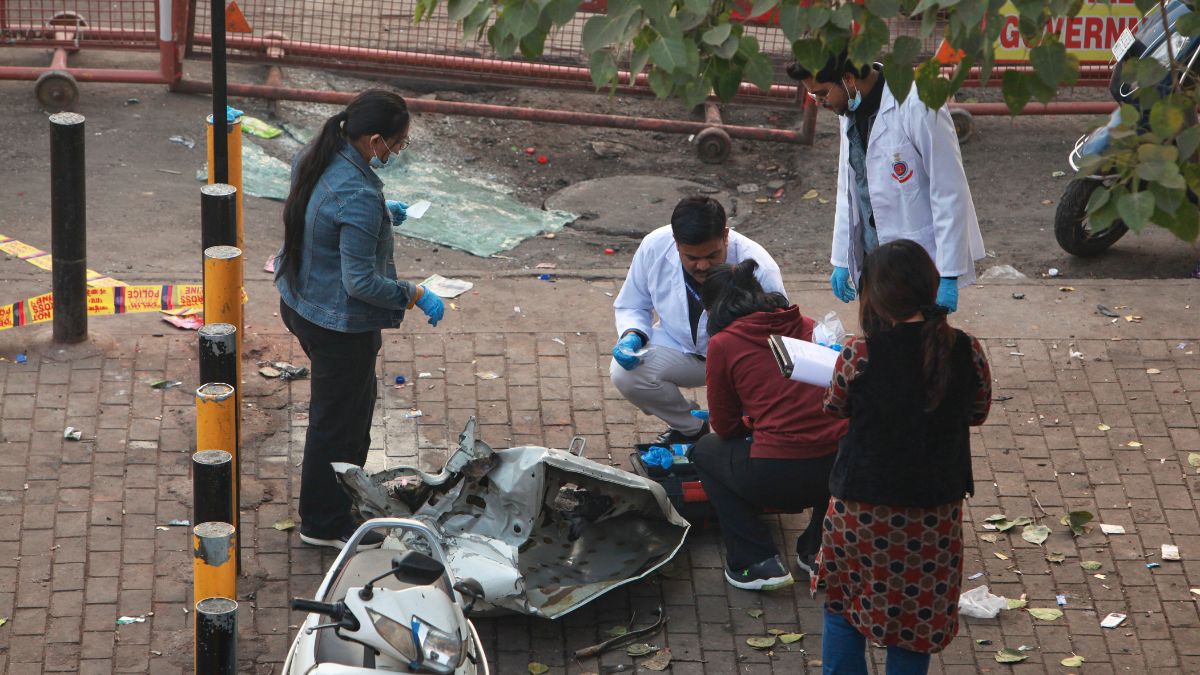)
)



